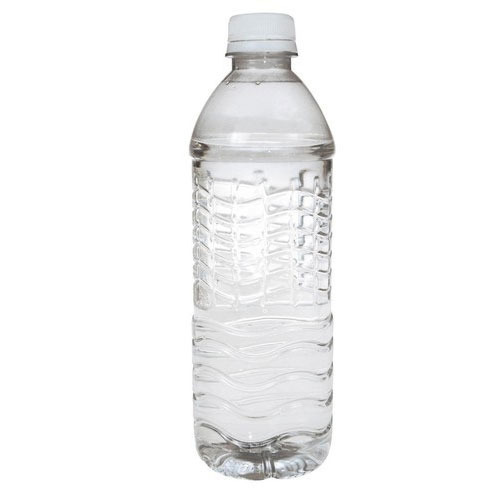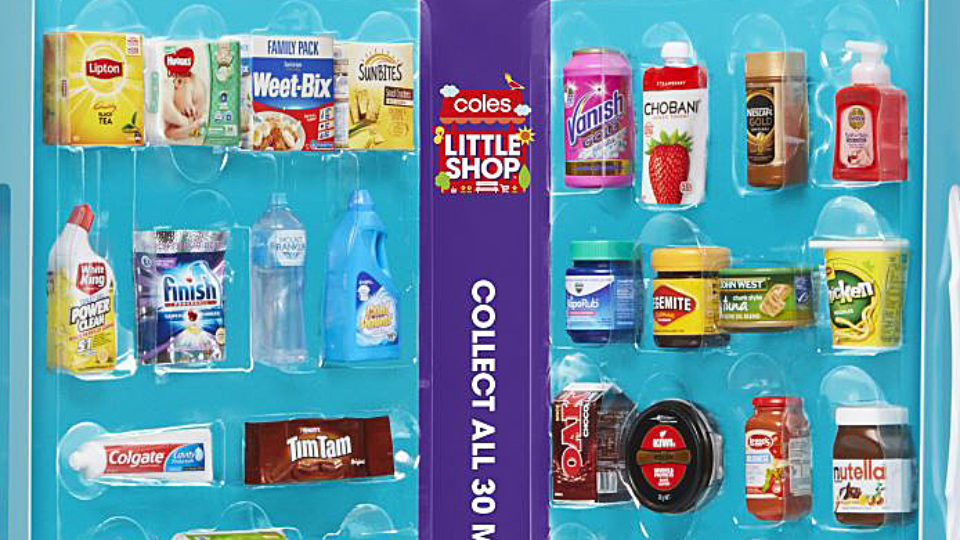The last few months have been difficult. I’ve had a number of challenging life situations arise, My daughter having health issues, a friend’s death and seeing my compatriots and a country I love under fire. Hence the writing of this post is a personal one.
We are at an important juncture and moment in history and the tide can go either way. I’d like to know that I did everything I could to help turn the tide towards the good and towards lasting peace. With gruesome deaths, disappearances and violence inflicted on my compatriots every single day, silence is not an option.
I’ve seen messages of solidarity and support – for those, I say ‘Thank you’. But if anyone knows me they know that I am a practical lass and I always live by the motto of ‘actions speak louder than words’. I know others feel this way, but it’s hard to know what to do from afar.
Here are things that I think we can and must do to prevent more deaths and ensure the lives lost have not been in vain.
- Write to your local MP, the PM, the foreign minister. This is one of the most effective things that you can do. Not many people know how to do this, or what to say, so I’ve pulled together a template letter with actions that activists are asking governments to take.
While some sanctions have commenced, they are not nearly enough and more tangible, targeted actions need to be taken, so contacting your MP will maintain pressure to direct them towards this outcome.
Here is a link to help you find your electorate, then your local MP. This includes social media handles, and email addresses.
- Stay informed The true story is getting barely any media coverage. If you really want to know what’s going on, I’ve found these sources to be helpful. It’s not comfortable reading, but to get the true picture of the scale and urgency it’s important to get up to date information. These are also reliable sources used by media and are volunteer run and independent. @Tasvir1500 @Hengaw @HRANA_English
I’ve also summarised the ‘struggle’ to give you a snapshot of what this movement is about HERE. - Share and repost on social media and use the #MahsaAmini, #IranRevolution or any recent person’s name (like #MohsenShekari #Majdrezarahnavard). The aim is not to have this movement and issue disappear and to maintain focus and attention. Why would governments do anything if they don’t think anyone is watching?
Despite the hard internet lockdown, inside the country people do see these messages and it helps them to know they are not alone. - Influence if you are in an influential role, or have contacts – think about what can be done? Whether you as a business, customer, employee or neighbour. I’d love to see more businesses and the creative arts community get behind this. I haven’t seen anything really happen in Australia, though many examples from overseas.
For example I’ve approached a number of restaurants in my local area about #Cookforiran and not heard back (again, I’ve seen active participation from restaurants and the broader community out of Australia).
I’ve spoken to property owners about using light and art on buildings to show support – they’re still mulling it over. If more people approached then something might happen.
There are so many opportunities with things like Sydney Festival and World Pride. I’m sure there are other events and opportunities.
- Rally There are numerous rallies happening around the country. If in Australia, CHECK OUT: for the latest. If overseas, no doubt there will be local rally organisers.
This is an effective way of maintaining visibility and spreading the word. All the rallies I’ve attended are peaceful and there’s a strong sense of solidarity.
Sydney Melbourne Perth Adelaide Brisbane
- Petition An easy one – sign a petition.
Choose one or all of the actions above. Every action does count and could help save a life.


 ar
ar



















